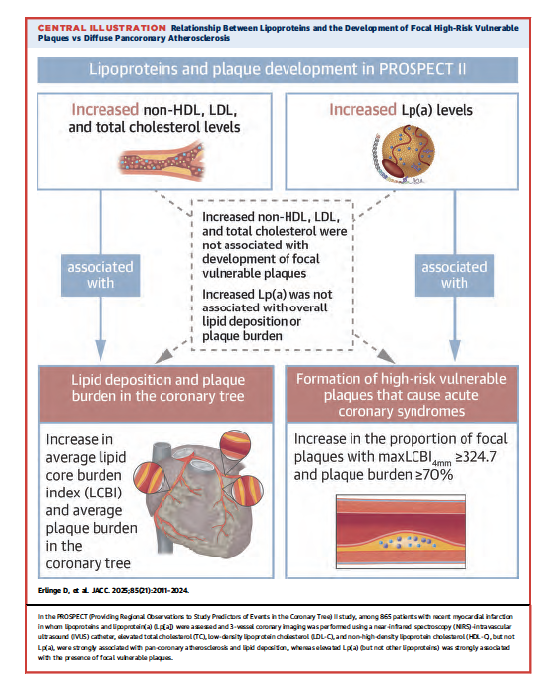
Ole Fröbert
@frobertole
Cardiologist/researcher, clinical trialist. Evidence and plant based
ID: 1005883854169821186
10-06-2018 18:46:14
706 Tweet
811 Takipçi
462 Takip Edilen

I can't help but feel proud of these kind words from Ph.Gabriel Steg







This #JACCINT analysis of 42,887 patients from the #SWEDEHEART registry shows comparable rates of #MACE (31.3% vs. 32.2%) between IFR vs FFR-guided #PCI and no difference in all-cause mortality over 5 years. jacc.org/doi/10.1016/j.… Matthias Götberg


We have a new Lp(a) paper, led by David Erlinge from PROSPECT 2 using IVUS/NIRS. It shows high Lp(a) associates most with vulnerable plaque characteristics, whereas LDL-C with plaque burden. Lp(a) was measured by our UC San Diego Cardiology assay, the only Lp(a) assay I am aware of that is



💉 Influenza vaccination as cardiovascular prevention – the evidence is growing. Co-authored with Ole Fröbert, and collegues – our new review in Atherosclerosis highlights the data behind flu shots reducing CV events. 🧠 Simple, low-cost, life-saving. atherosclerosis-journal.com/article/S0021-…





![Gregg W. Stone MD (@greggwstone) on Twitter photo 2nd new PROSPECT II publ, this in JACC Int: hs-CRP (inflammation) was independently associated with both diffuse cor plaque and lipid deposition as well as focal vulnerable plaques. Coupled with the JACC article: LDL & CRP → diffuse plaque and lipid whereas Lp[a] & CRP → VP. 2nd new PROSPECT II publ, this in JACC Int: hs-CRP (inflammation) was independently associated with both diffuse cor plaque and lipid deposition as well as focal vulnerable plaques. Coupled with the JACC article: LDL & CRP → diffuse plaque and lipid whereas Lp[a] & CRP → VP.](https://pbs.twimg.com/media/GsCvjYbWgAA41i0.png)